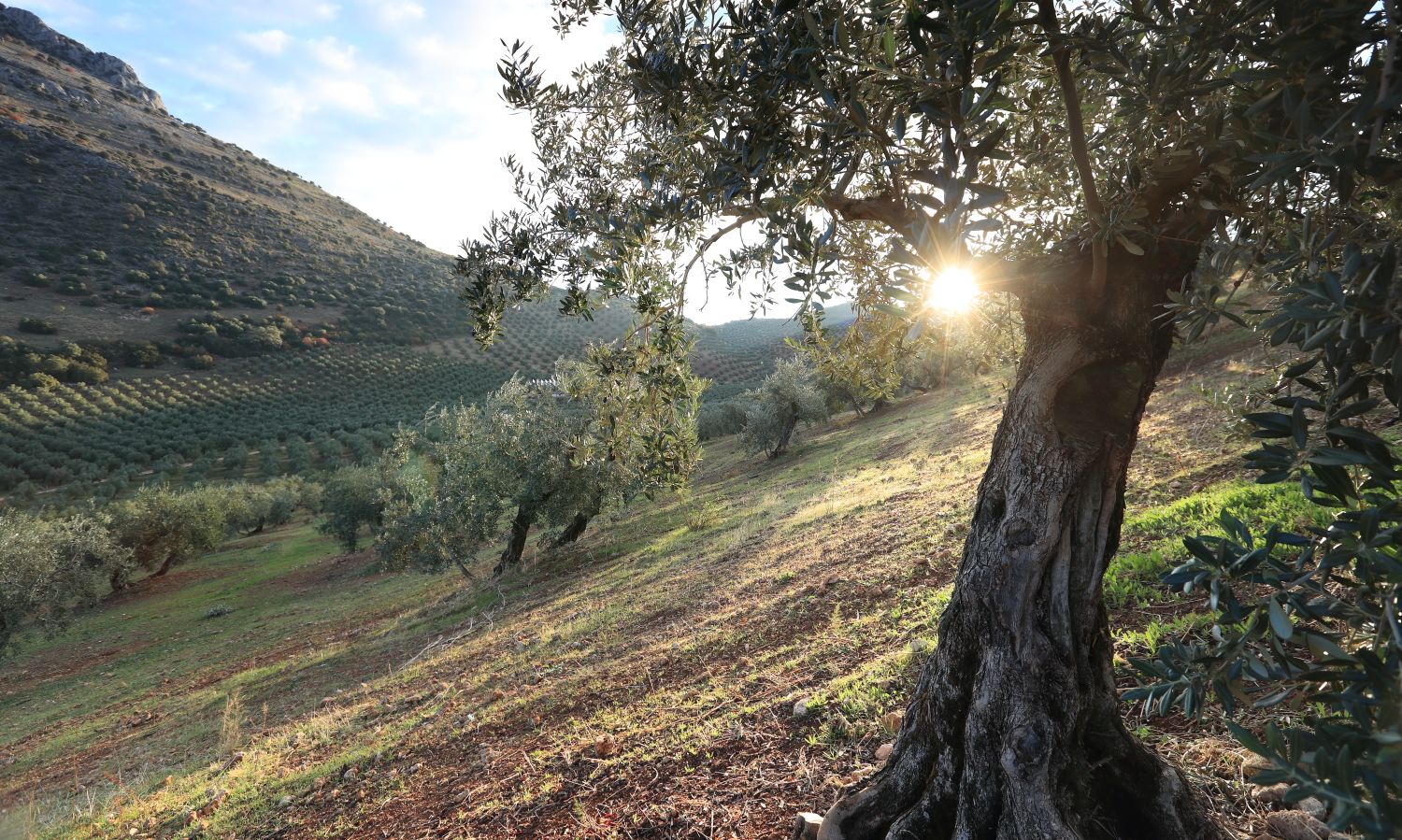
How to Make Olive Oil: Better Olives, Better Olive Oil
It seems simple: Better olives will produce better olive oil. But all too often, olive oil producers settle for subpar olives to cut costs, or leave good olives on the trees until they’re black and shriveled to increase oil production, since the riper the fruit, the more oil it holds. At Bertolli, we follow a different path, using only the best olives for our oil and harvesting them before peak ripeness to ensure a brighter, fruitier oil with higher levels of antioxidants and polyphenols.
With more than 600 olive varieties grown around the world, there are a lot of options to choose from when creating our olive oils. Throughout the year, we use at least 11 varieties in our blends that we believe are some of the best in the world. Here are our olive picks:
- Hojiblanca from Spain
- Picual from Spain and Portugal
- Cornicabra from Spain
- Arbequina from Spain and Portugal
- Picudo from Spain and Portugal
- Cobrançosa from Portugal
- Koroneiki from Greece
- Athinolia from Greece
- Coratina from Italy, Argentina and Peru
- Frantoio from Italy and Argentina
- Ogliarola from Italy
While Bertolli relies on each of these olives to help make our delicious blends, our top five most used varieties are: Hojiblanca, Coratina, Arbequina, Koroneiki and Picual. Whether bitter and spicy (like Coratina olives), mild and buttery or bright and fruity (like Koroneiki olives), our master blenders balance out the flavors to produce consistent olive oil year-round.
But selecting specific olive varieties is only one part of our journey to the very best olives. Our process also involves working closely with the growers to ensure the highest-quality farming practices. We pay a premium for our suppliers to harvest olives earlier in the season—guaranteeing the freshest possible oil—and visit orchards throughout the year to check in on the process. Our method isn’t the easiest or the cheapest, but it’s the surest way to create delicious oil for our global customers.
NON-GMO Olives
Our extra virgin olive oils consist of only one ingredient. Naturally, we want it to be the finest ingredient – pure and simple. While all olives are a Non-GMO food, Bertolli is proud to be partnered with the Non-GMO Project to ensure that all of our products contain absolutely no genetically modified organisms.


